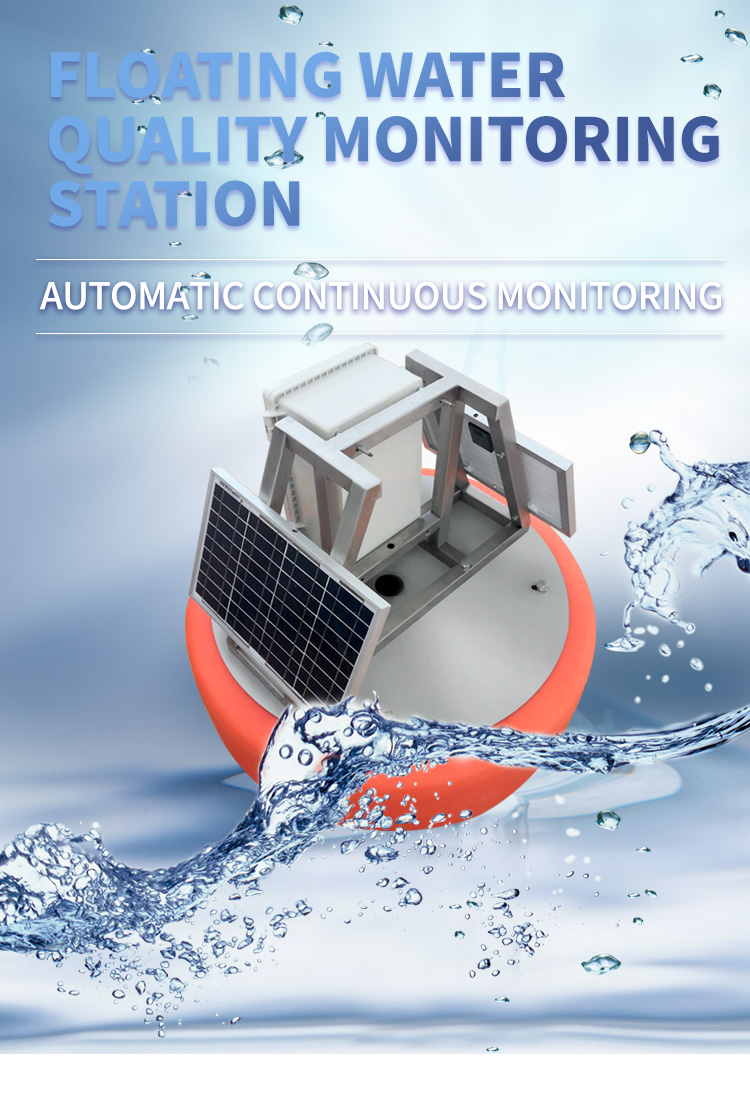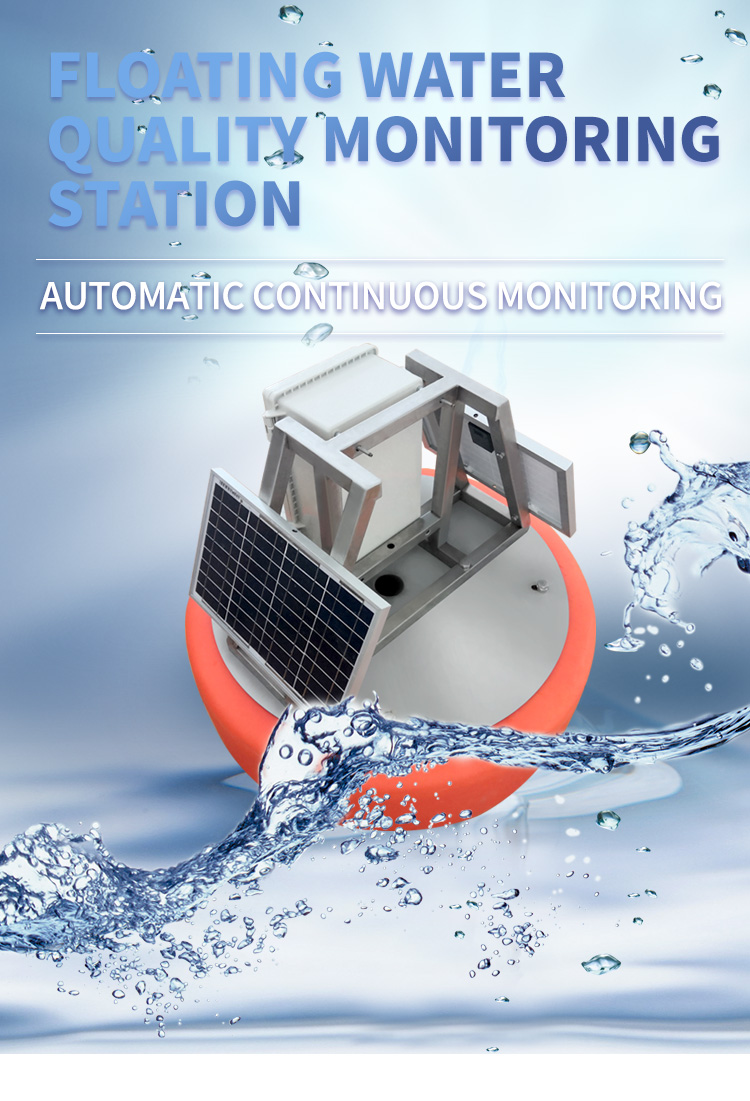Real-time water quality monitoring systems have become increasingly popular in recent years, providing timely and accurate data on water quality parameters such as temperature, pH, dissolved oxygen, and nutrient concentration. These systems offer numerous benefits to decision-makers, enabling them to make informed decisions that promote sustainable water resource management. This article explores the benefits of real-time water quality monitoring systems and their role in enhancing decision-making processes.

Firstly, real-time water quality monitoring systems provide immediate feedback on water quality changes, allowing decision-makers to respond quickly to emerging issues. Traditional water quality monitoring methods often involve manual sampling and laboratory analysis, which can take several days or even weeks to yield results. By contrast, real-time monitoring systems provide continuous data streams, allowing decision-makers to detect and respond to changes in water quality parameters immediately. For example, if a harmful algal bloom is detected, decision-makers can issue advisories or implement closures to protect public health and safety.
Secondly, real-time water quality monitoring systems provide comprehensive data sets that enable decision-makers to identify trends and patterns in water quality parameters. These systems capture data at high temporal and spatial resolutions, providing a detailed understanding of how water quality changes over time and across different locations. Decision-makers can use this information to identify sources of pollution, evaluate the effectiveness of management strategies, and determine whether water bodies are meeting regulatory standards.
Thirdly, real-time water quality monitoring systems improve the efficiency and effectiveness of management strategies. By providing timely and accurate data, these systems enable decision-makers to optimize management strategies and address emerging issues proactively. For example, if nutrient concentrations in a water body exceed regulatory standards, decision-makers can implement targeted measures to reduce nutrient inputs, such as reducing fertilizer application rates or implementing best management practices for agriculture.
Fourthly, real-time water quality monitoring systems promote transparency and accountability in decision-making processes. By providing open access to water quality data, these systems enable stakeholders to participate in decision-making processes and hold decision-makers accountable for their actions. This promotes transparency and builds trust among stakeholders, which is essential for effective water resource management.
Fifthly, real-time water quality monitoring systems support early warning systems for natural disasters such as floods and droughts. By providing timely data on water quality parameters such as water level and temperature, these systems enable decision-makers to anticipate and respond to potential disasters. This can help prevent or mitigate damages to infrastructure, property, and human life.
In conclusion, real-time water quality monitoring systems offer numerous benefits to decision-makers in the field of water resource management. These systems provide immediate feedback, comprehensive data sets, and promote transparency and accountability in decision-making processes. They improve the efficiency and effectiveness of management strategies and support early warning systems for natural disasters. As technology advances, we can expect even more significant improvements in water resource management through the use of real-time water quality monitoring systems.






